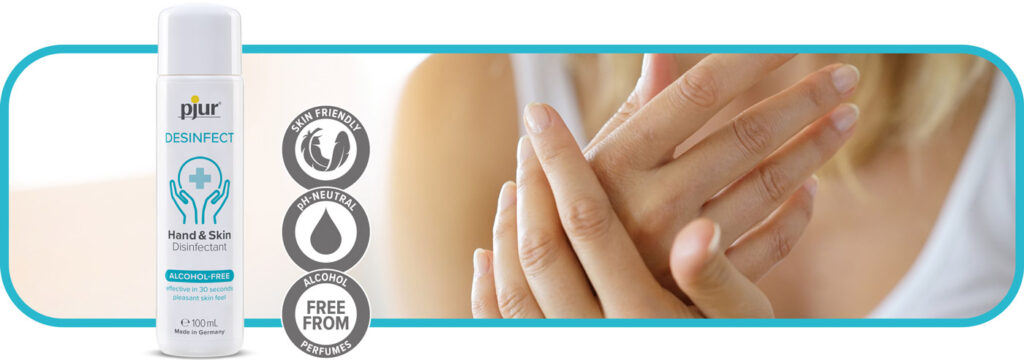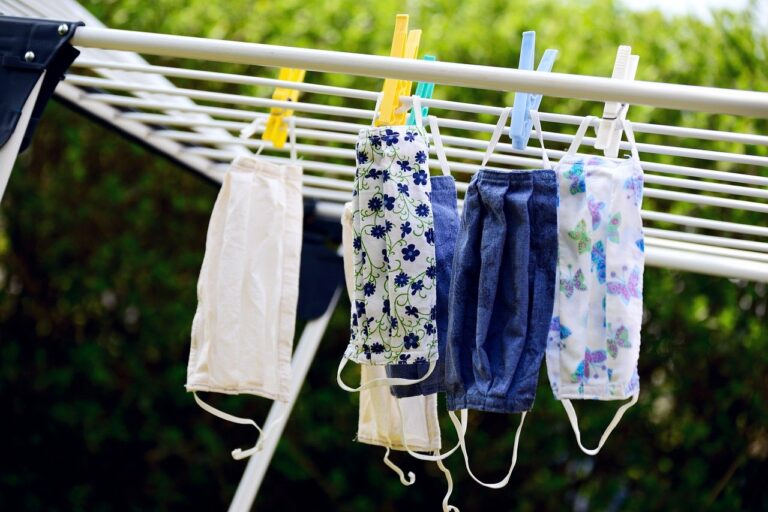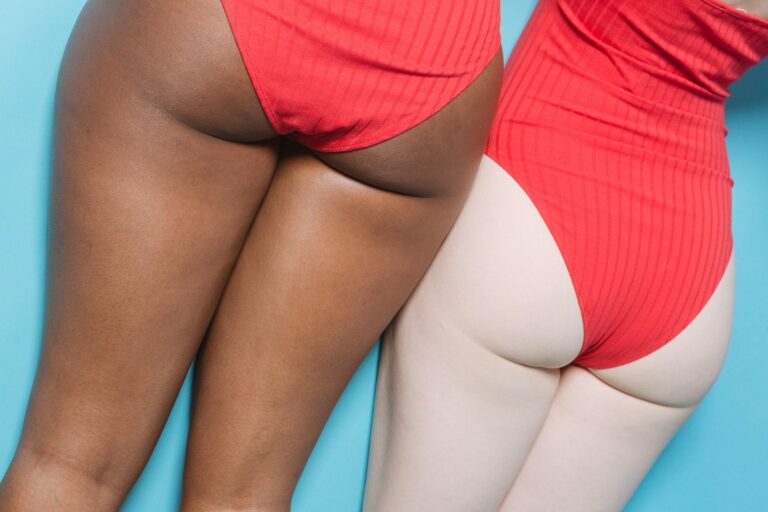Disinfecting Your Hands & Skin – What It Involves and How to Do It
5 May 2020
We are all familiar with the term “disinfection”, yet rarely have we given it as much thought as we are doing right now. Since it is more important than ever at the moment to ensure we maintain good hygiene, we thought we’d give you a bit more information on this subject. You’ll also learn how to disinfect your hands properly and which new pjur product you can use to do this. Have a read for yourself.
What exactly is disinfection?
Generally speaking, we can say that disinfection is a hygiene measure. It is intended to kill and inactivate pathogens, germs, bacteria and viruses. This can help prevent or contain the spread of a disease, for example, as in the case of corona. We can disinfect our hands and skin, but also objects such as medical instruments or surfaces. Wounds are often disinfected too, as is food. A suitable disinfectant is usually used to do this. In some cases, though, disinfection is also carried out using heat, cold or radiation.
How does a hand and skin sanitiser work?
Sanitisers for our hands and skin are classed as biocidal products. These are chemical substances. They are intended to kill or inactivate the microorganisms on our hands and skin. To do this, they destroy the protein-rich structure of the microorganisms. Disinfectants have different spectra of activity. This means that not all disinfectants are effective against all bacteria, fungi and viruses. They are grouped into the following categories:
Bactericidal: effective against bacteria
Levurocidal: effective against yeast
Fungicidal: effective against fungi
Sporicidal: effective against bacterial spores
Virucidal against enveloped viruses: effective against enveloped viruses only
Virucidal with limited activity: effective against enveloped viruses and non-enveloped adeno-, noro- and rotaviruses
Virucidal with full activity: all non-enveloped and enveloped viruses
How to disinfect your hands and skin properly
Our hands and skin are especially important at the moment. It is estimated that 80% of the infections we get are transmitted through our hands. When it comes to disinfecting our hands, a distinction is drawn between hygienic and surgical hand sanitation. In hygienic hand sanitation, which we will look at more in a moment, germs that are foreign to the skin are destroyed as far as possible and the skin’s natural flora is only reduced. With surgical disinfection, on the other hand, the skin’s natural flora should if possible be eradicated. However, this is only necessary for operations, for example.
The first step in hygienic hand sanitation is to apply the sanitiser to dry hands on its own. The amount of sanitiser you need to apply depends on the size of your hands and whether you want to disinfect your wrists or forearms as well, for example. About 3ml should be enough. It is important that you can completely cover both hands with it. Then you need to first rub your palms together. Then do the backs of your hands by placing your right hand over your left hand and vice versa. Next, it is important to do the fingers, especially your thumbs and fingertips. You need to spend a total of 30 seconds disinfecting your hands. To illustrate this in detail, we have created the infographic below:

pjur DESINFECT
Here at pjur, we are aware of our responsibility too – so we’ve launched a hand and skin sanitiser. Our pjur DESINFECT is alcohol-free, unperfumed and contains no microplastics. It is made in Germany and provides fast, safe, hygienic cleaning. It is skin-friendly, pH-neutral and vegan and does not dry out the skin. It has been registered in accordance with the German ordinance on biocide notification and enables hygienic cleaning when soap and water are not available. Here are a few of the properties of our pjur DESINFECT that we’d like to tell you a little bit more about:
Alcohol-free: Many of the products that we use on our skin contain alcohol. However, this can have a negative impact on our complexion. Not only does alcohol damage the skin barrier, but it also has a dehydrating effect. This can lead to accelerated skin ageing and development of wrinkles. It also increases inflammation and infections. In the long run, alcohol dries out our skin and can lead to skin irritations. That’s why we have intentionally chosen to produce our pjur DESINFECT without alcohol. This is because alcohol-based products can dry out your hands with frequent use, leaving them cracked and rough and making them more susceptible to bacteria and viruses.
pH-neutral: Our skin has an average pH of 5.5, meaning that it is slightly acidic. This protective acid mantle protects our skin from environmental influences. Our pjur DESINFECT has a pH of 7, which is absolutely neutral and the same pH as water. A lot of soaps have a pH of 9 or more, for example, which can adversely affect the skin’s pH for some time. Our pjur DESINFECT has a neutral pH so it does not affect the skin’s protective acid mantle.
Vegan: pjur DESINFECT does not contain any ingredients derived from animals.
No microplastics: We should all be aware of the impact of plastics on our environment by now, but we also ingest microplastics ourselves. According to a study by the University of Newcastle in Australia, it is about five grams per week. Although it is not yet clear whether and how we humans can break down the plastic particles we ingest, pjur is already committed to manufacturing its products without microplastics.

We hope we have been able to make the issue of disinfection a little clearer for you and that you will be able to protect yourself as a result. Stay safe!


